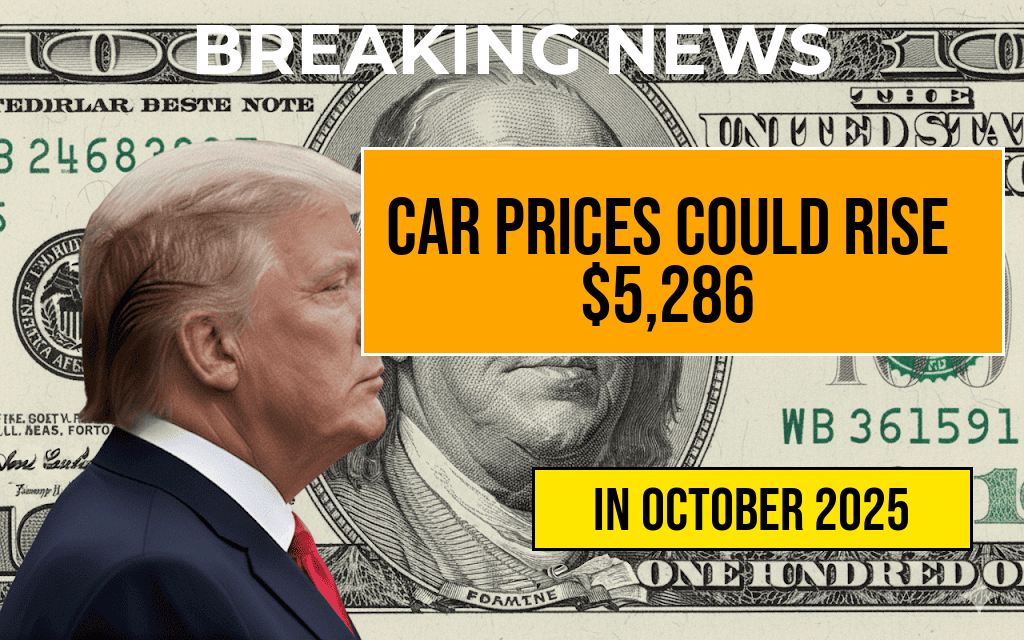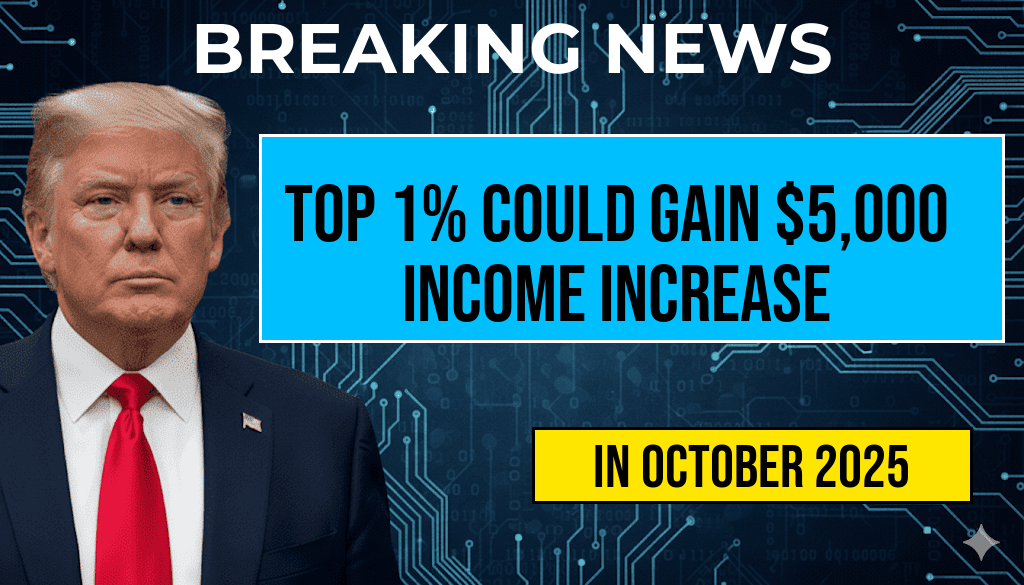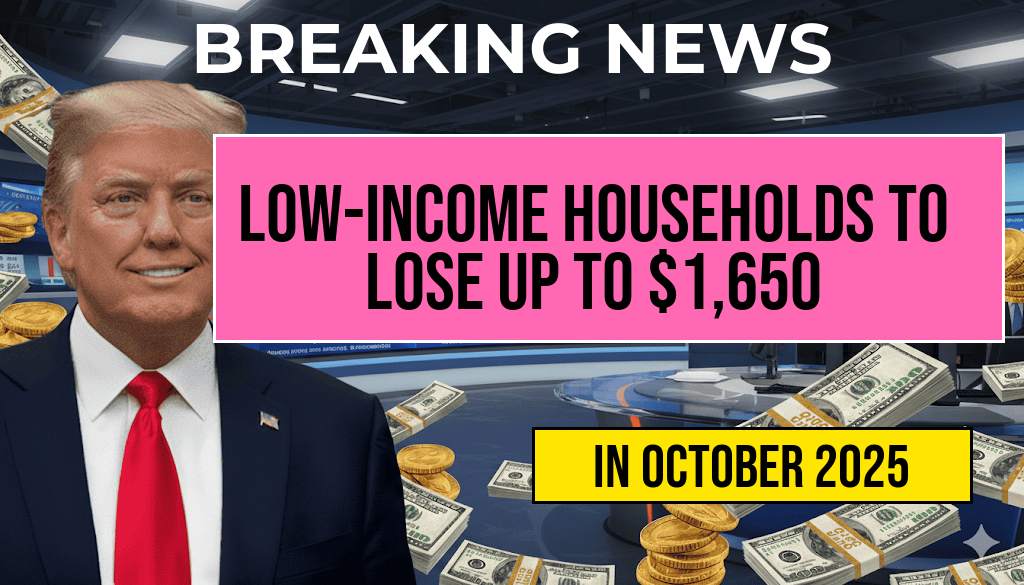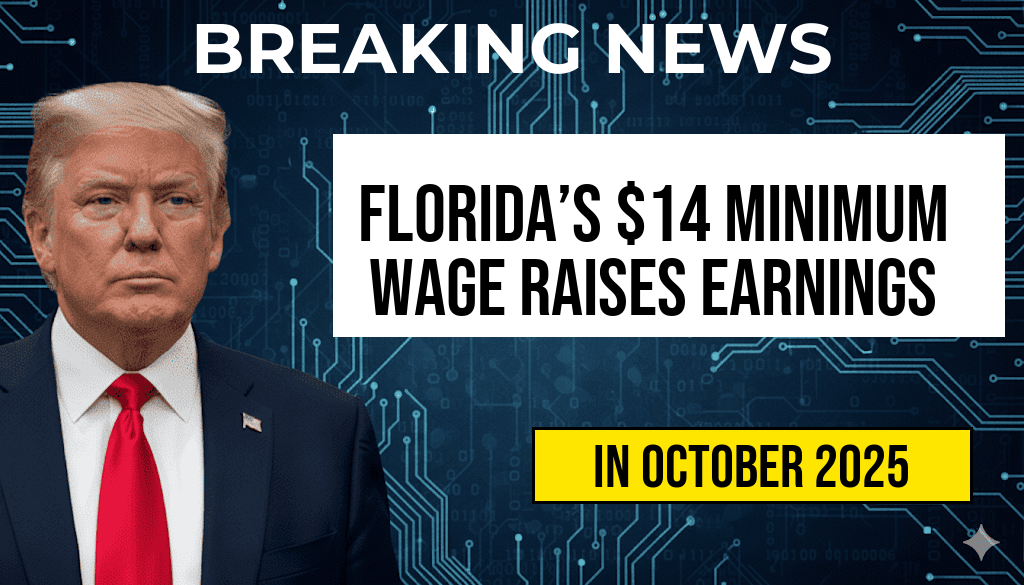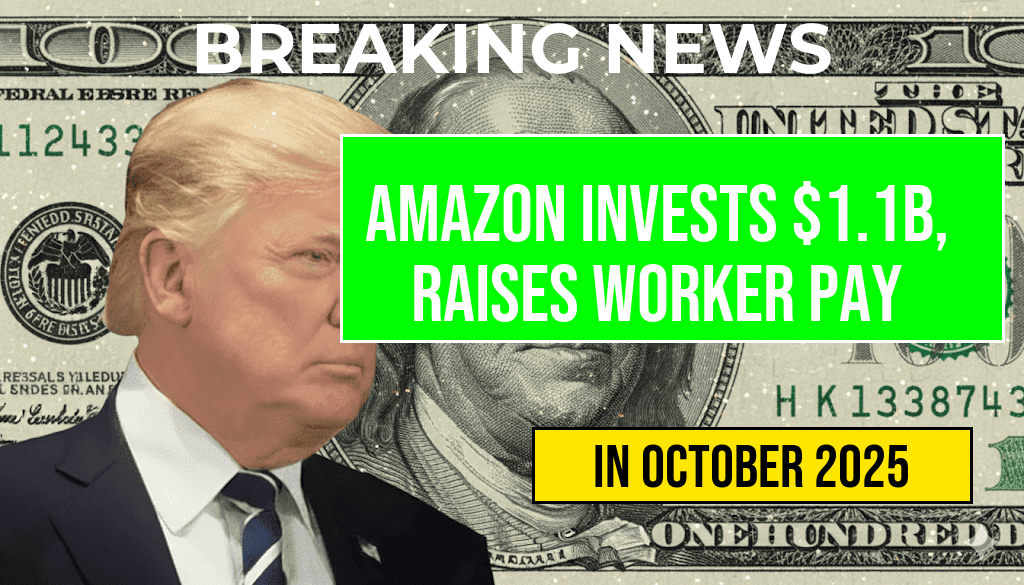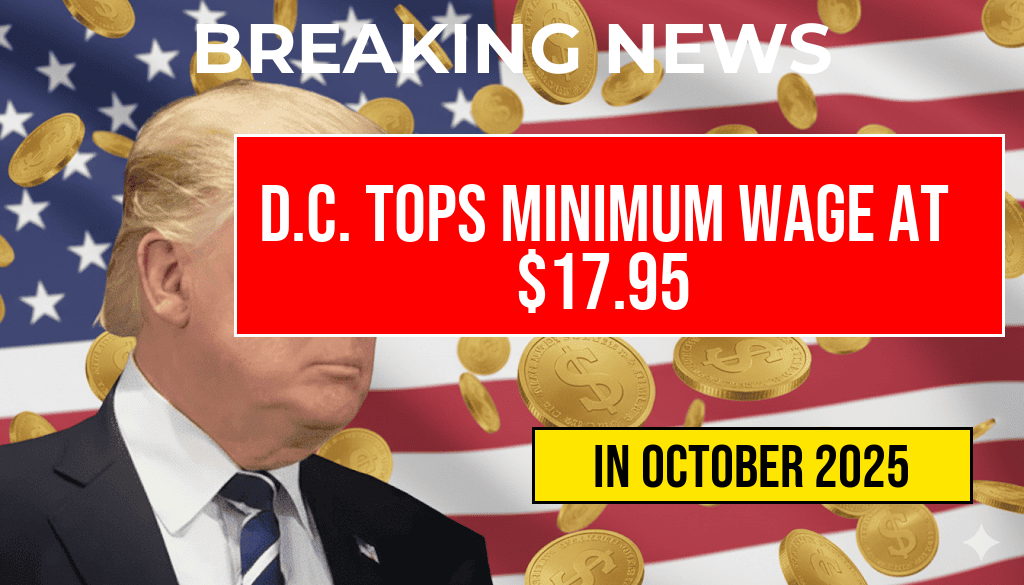The prospect of a new wave of tariffs announced by former President Donald Trump has sent shockwaves through the automotive industry, with potential price hikes looming for consumers. If enacted, these tariffs could raise the average cost of purchasing a new vehicle by up to $5,286, according to industry analysts. The proposed measures target imported auto parts and finished vehicles, potentially affecting both luxury and economy models alike. As automakers grapple with the possibility of increased import costs, consumers may face a significant financial impact at the dealership lot. The threat underscores ongoing trade tensions that have periodically disrupted supply chains and pricing strategies within the United States automotive sector.
Background on Tariff Threats and Automotive Imports
Trade disputes have historically influenced vehicle pricing, with tariffs acting as a blunt instrument for economic negotiations. Trump’s administration, during its tenure, imposed tariffs on various imports, including steel and aluminum, which are critical components in vehicle manufacturing. The current threat revolves around reintroducing or expanding tariffs on imported automobiles and auto parts, citing national security concerns and unfair trade practices. Such measures could lead to a ripple effect across the supply chain, raising production costs for automakers and, consequently, retail prices for consumers. According to the Wikipedia page on the U.S. automotive industry, imports account for a significant share of vehicle components, especially from countries like Mexico, Japan, and Germany.
Projected Price Impact on Consumers
Analysts estimate that a comprehensive tariff on imported vehicles and parts could increase the price of a typical new car by as much as $5,286. This figure, derived from recent economic models, considers both direct costs of tariffs and the indirect effects on manufacturing and distribution. The actual impact varies depending on the make, model, and origin of the vehicle, but the overall trend suggests consumers will shoulder a substantial financial burden if tariffs are implemented.
Breakdown of Potential Price Increases
| Vehicle Type | Average Price Increase | Main Contributing Factors |
|---|---|---|
| Imported Compact Cars | $2,100 | Auto parts, assembly costs |
| Luxury Vehicles | $6,000 | High import tariffs, premium parts |
| Domestic Models | $1,500 | Supply chain disruptions, labor costs |
In particular, vehicles assembled abroad but sold in the U.S., such as many European and Asian models, could see the most significant price hikes. Consumers shopping for these brands might face increases of thousands of dollars, complicating affordability and potentially dampening demand.
Industry Response and Market Outlook
Automakers have expressed concern over the potential tariffs, warning that increased costs could lead to reduced sales and profit margins. Major manufacturers such as Ford, General Motors, and Toyota have issued statements emphasizing the importance of stable trade policies for maintaining affordable prices. Some industry insiders worry that the tariffs could trigger a shift in consumer preferences toward used vehicles or domestically produced models, which might not have the capacity to satisfy rising demand.
Economic and Consumer Implications
- Higher monthly payments: Increased vehicle prices translate into higher financing costs for consumers, potentially pushing monthly payments upward by hundreds of dollars.
- Reduced affordability: For many middle-income buyers, the added expense could make new car ownership less attainable, possibly accelerating used car market trends.
- Supply chain adjustments: Automakers may seek alternative sourcing or accelerate investments in domestic manufacturing to mitigate tariff effects, which could influence vehicle availability and variety.
Looking Ahead: Policy Uncertainty and Consumer Choice
The re-emergence of tariff threats adds a layer of uncertainty to the U.S. auto market. While tariffs are designed to bolster domestic industries, they often lead to higher consumer costs and trade tensions. Economic analysts suggest that consumers should stay informed about potential policy shifts, which could impact vehicle prices in the coming months. Additionally, shoppers might consider exploring domestically produced models or certified pre-owned vehicles as cost-effective alternatives amid potential price increases.
For more detailed insights into the impact of tariffs on the automotive sector, resources such as Forbes and the Wikipedia page on trade wars provide comprehensive analyses of recent trade policy developments and their economic implications.
Frequently Asked Questions
What is causing the recent surge in new car prices?
The potential tariff threats announced by Trump are causing concerns among automakers and consumers, which could lead to an increase in vehicle costs by up to $5,286.
How might tariffs impact the cost of new cars?
If tariffs are imposed or increased, automakers may pass the additional costs onto consumers, resulting in higher prices for new vehicles.
Which car models are likely to be most affected by the price surge?
Generally, imported vehicles and those relying heavily on imported auto parts are expected to experience the most significant price increases.
Could consumers avoid higher car prices due to tariffs?
Consumers might consider purchasing used cars, exploring alternative brands, or delaying new car purchases until market conditions stabilize.
What should car buyers do in anticipation of potential price increases?
Potential buyers should stay informed about tariff developments, compare prices from different dealerships, and consider making purchases sooner rather than later to lock in current prices.

